What Performance Max is hiding from you (and how Demand Gen can help)
AI-driven ad formats can drive results. But are they also hiding the potential for more incremental sales? Andy Arnett argues the case
In recent years there has been a proliferation of AI-driven ad formats, the most prominent of which are Meta’s Advantage+ campaigns and Google’s Performance Max.
Typically, advertisers see great results from these campaigns.
This makes sense when you consider the benefits of these campaign types:
Access to almost every available placement
Use of granular user data
AI-driven performance modelling and analysis
Programmatic testing of creative combinations
All of the above results in faster and superior decision-making compared to human media buyers, reducing the need for human involvement and opening up advanced technologies to even the smallest brands.
Look a little closer
But the top-line success of these formats obscures a conflict: They will maximise spend to hit an overall budget, rather than maximising returns per incremental unit of spend.
Platforms only report on overall campaign performance, without detailing placement-level performance. Provided the overall performance meets the advertiser's target, these campaigns can allocate budget to underperforming ads.
While this is the case across any campaign that operates at scale and limits visibility, it is particularly true of Performance Max.
While Meta’s Advantage+ serves across similar placements that are suitable for similar objectives, Performance Max serves in placements across the funnel, blending typically brand-forward formats (e.g. YouTube) with high-performing bottom-of-funnel activity (e.g. generic search and shopping), and low-incrementality placements (maps ads, brand terms, display remarketing).
In isolation, each of these formats can serve a purpose. But in combination they are liable to erode incrementality.
Enter Demand Gen
Much like Meta’s Advantage+, Google’s Demand Gen runs across a tight selection of placements (YouTube, Discover, and Gmail) that are suitable for consideration objectives.
The launch of this campaign type is therefore good news for advertisers who want to leverage the scalability and machine learning-driven performance capabilities of multi-placement campaigns while maintaining a degree of transparency and control.
Alongside Performance Max, advertisers are finally being given the control they crave, with multi-placement formats now available for specific objectives throughout the funnel:
Performance Max done right
So - should you scrap your Performance Max campaigns? Not necessarily - overall, these campaigns offer upside if set up in a way that leverages the benefits while mitigating the drawbacks.
Performance Max should be seen as a catch-all campaign to mop up any additional volume, and should be tested frequently using out-of-platform methods that demonstrate its true value to your business whilst accounting for overlap and cannibalisation.
This means using robust, privacy-safe, cookieless measurement solutions.
At Kinase, we strongly advocate the use of incrementality tests. We use Impact Navigator to geo-segment our clients’ activity and measure the true value of a campaign type like Performance Max.
To run a Performance Max incrementality test we:
Determine two correlating groups of geo targets
Turn off the target campaign in the control group
Run the target campaign in the experiment group
Ensure that all regional factors and other variables are consistent between the control and the experiment groups
Measure the difference in top-line business performance between the experiment and the control groups
The uplift in performance of the experiment vs the control groups demonstrates the true impact of campaign types like Performance Max on your business.
Is there nothing you can do to limit this wastage? By its nature, there are limits to the amount of control you can exert over a PMax campaign through setup alone. However, we are able to programmatically manage the spend of one wasteful placement via our SERPlight tool. This tool aggregates data from the SERP and runs an algorithm to pause or enable activity on terms where there is no/low competition. Get in touch to find out more.
The 3 steps for using multi-placement campaigns
So, in summary, how should you make use of the proliferation of multi-placement campaigns?
Lean into new campaign types that match formats to objectives, such as Demand Gen
Run frequent incrementality tests on ‘catch all’ campaigns such as Performance Max to calibrate target ROAS vs actual ROI
Utilise ad tech solutions to monitor, report on, and programmatically manage these campaign types - such as Kinase’s SERPlight tool
Performance Max may unlock inventory and reach, but it doesn’t have to be all or nothing. Campaign planning is all about the media mix which drives your KPIs aligned to your business objectives. You need to find the way in which multi-placement campaigns work for you and drive value for your business using the steps above.
Read more from the Kinase blog
Andy Arnett






